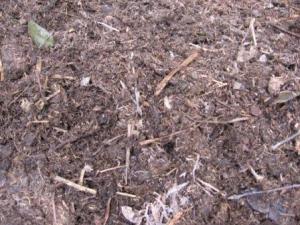
Introduction of Biofertilizer:
The soils where these are more, are considered as fertile lands. There are a number of types of microbes. Some are visible under microscope, while some can be seen by naked eye. Earthworm is one such animal. For the growth of microbes, some organic products are required by these. These should be present in proper proportion. Conversion of these organic products, into fertilizer is the organic fertilizer manufacturing technique.
The advantages of organic fertilizer is as follows :
1.It improves the porosity of soil and leads to better air circulation in soil.
2.It improves the water level in the soil.
3.It helps in drainage of excess water.
4.Absorption of nutrients by roots is better.
5.Number of microbes in soil are increased.
Benefits of organic manures:
- Contains micro and macronutrients, such as Nitrogen, Phosphorus and Potassium and a fair amount of Manganese, Zinc, Copper and Iron. These are simultaneously added to the soil. Besides, it increases the microbial activity.
- There is improvement in Soil structure, water holding capacity, drainage, exchange capacity, seed germination and reduction of soil erosion.
- Humic substances released as byproducts of soil microbial activity increase the efficiency of bio and chemical fertilisers.
- Proliferation of plant parasite, soil nematodes are checked. Resistance of plants to pest attack is increased.
1.Availability: FYM,Seed Cake,Excreta of animals & birds,Green farm manure,Solid waste from urban area.
2.Elements: Humus,Nitrogenous fertilizer,Phosphatic fertilizer,complex organic mater[,Potash fertilizer.

No comments:
Post a Comment